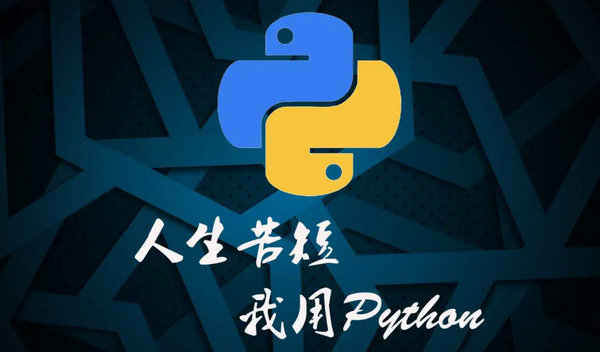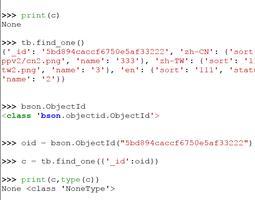python字典和列表使用的要点

dicts = {}
lists = []
dicts['name'] = 'zhangsan'
lists.append(dicts)
这时候lists的内容应该是[{'name': 'zhangsan'}]
现在改变dicts的值
dicts['name'] = 'lisi'
因为是引用的dicts的值,所以这时候lists的内容应该是[{'name': 'lisi'}]
如果使用
if dicts not in lists:
lists.append(dicts)
这是永远不会执行的,因为lists的值引用了dicts的值,所以lists的值永远和dicts的值一样,在循环中要将dicts重新设置成一个新字典
在字典中循环时,关键字和对应的值可以使用 iteritems() 方法同时解读出来:
>>> knights = {'gallahad': 'the pure', 'robin': 'the brave'}>>> for k, v in knights.items():... print(k, v)...gallahad the purerobin the brave
在序列中循环时,索引位置和对应值可以使用 enumerate() 函数同时得到:
>>> for i, v in enumerate(['tic', 'tac', 'toe']):... print(i, v)...0 tic1 tac2 toe
同时循环两个或更多的序列,可以使用 zip() 整体打包:
>>> questions = ['name', 'quest', 'favorite color']>>> answers = ['lancelot', 'the holy grail', 'blue']>>> for q, a in zip(questions, answers):... print('What is your {0}? It is {1}.'.format(q, a))...What is your name? It is lancelot.What is your quest? It is the holy grail.What is your favorite color? It is blue.
需要逆向循环序列的话,先正向定位序列,然后调用 reversed() 函数:
>>> for i in reversed(range(1, 10, 2)):... print(i)...97531
要按排序后的顺序循环序列的话,使用 sorted() 函数,它不改动原序列,而是生成一个新的已排序的序列:
>>> basket = ['apple', 'orange', 'apple', 'pear', 'orange', 'banana']>>> for f in sorted(set(basket)):... print(f)...applebananaorangepear
以上是 python字典和列表使用的要点 的全部内容, 来源链接: utcz.com/z/387222.html





